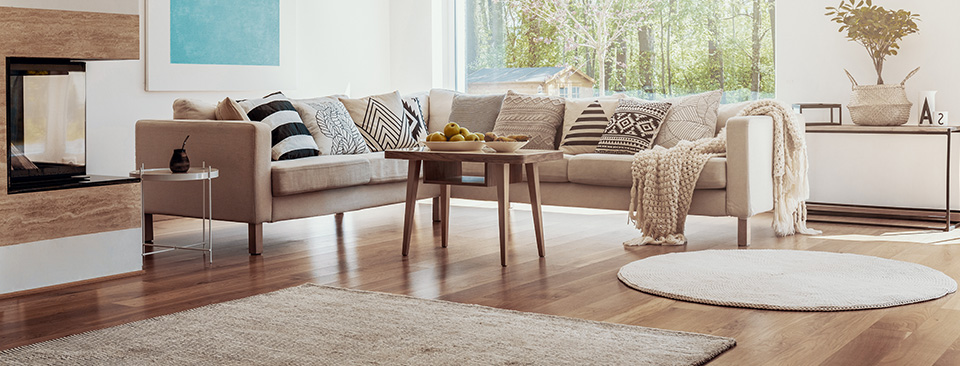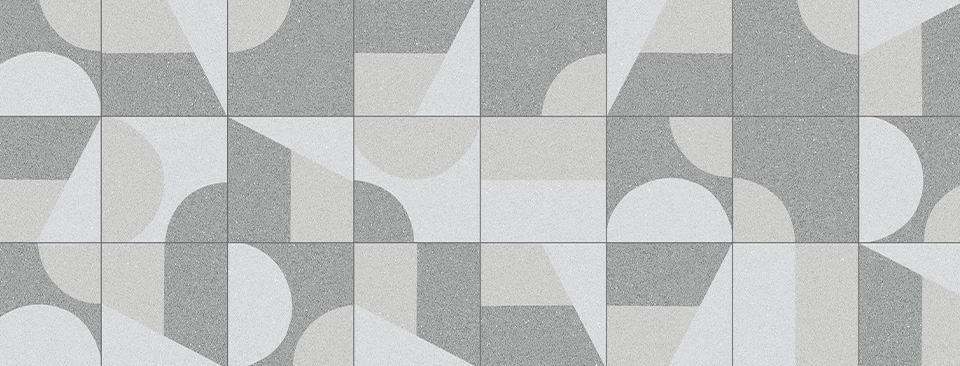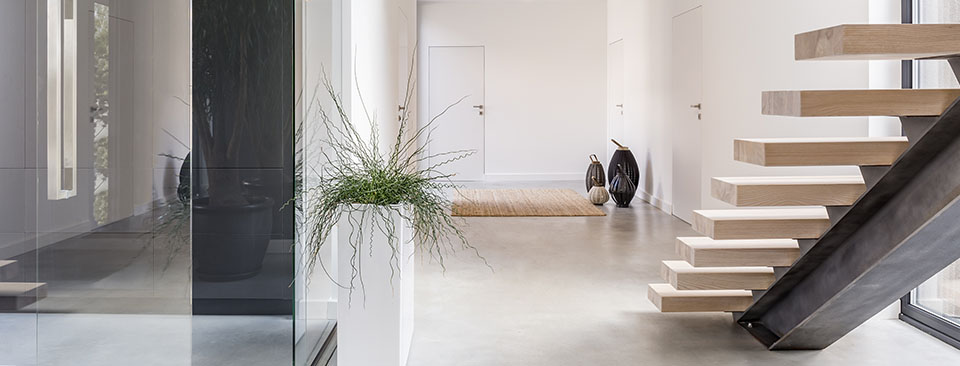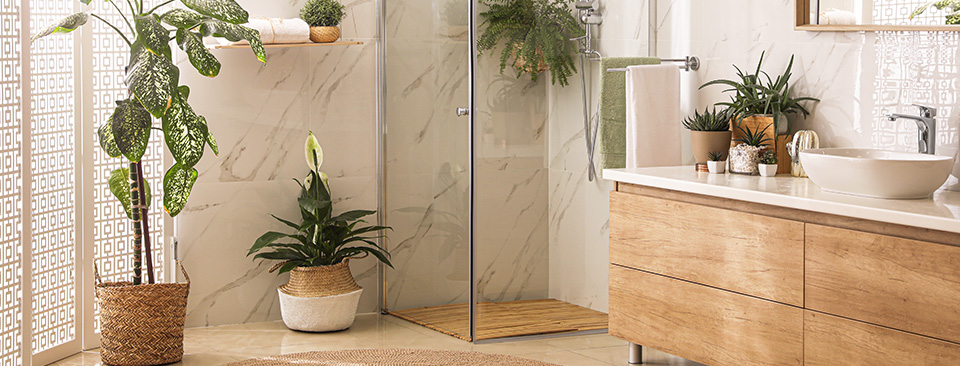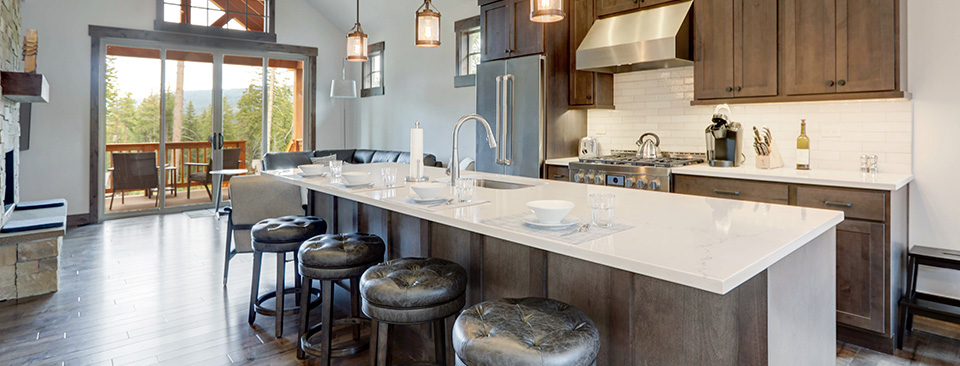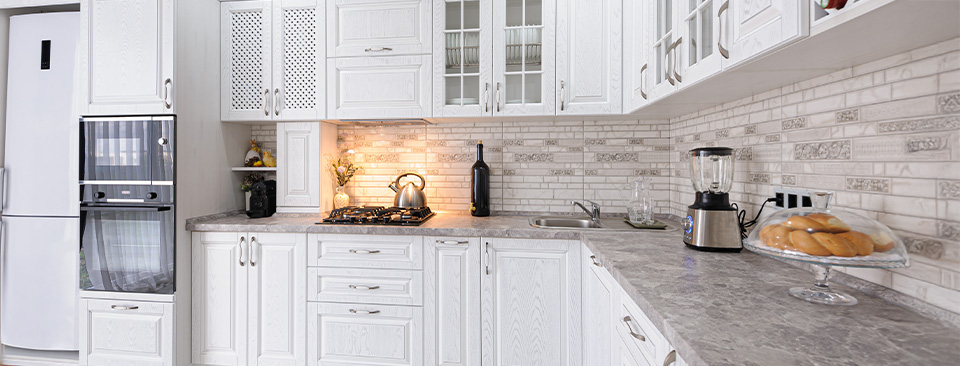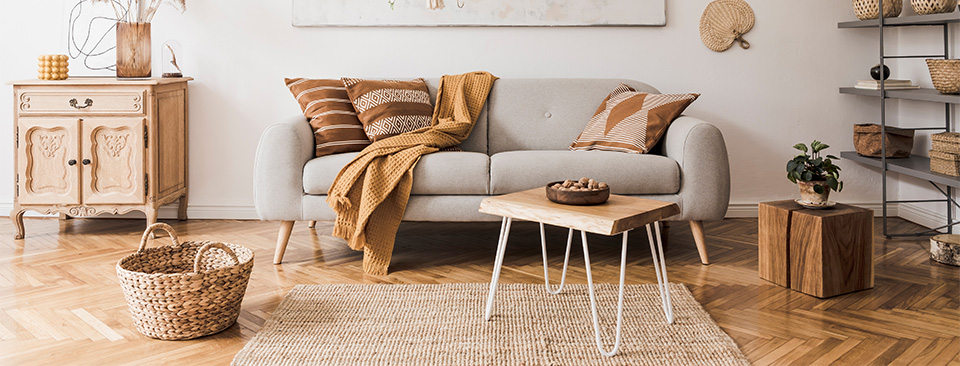Flooring is one of the most impactful interior aspects of your home, it’s everywhere around your feet. Choosing the right flooring can become a daunting task, especially with the numerous options and styles available in the market today. Among these options you will find endless choices of hardwood, laminate and vinyl floors, each type has its own characteristics and ideal application. This article navigates the main considerations that might affect your floor choices such as appearance, maintenance, comfort, existing floors compatibility and cost.
Understanding the Basics
Before diving deeper into these considerations let’s understand the main differences between wood, laminate and vinyl floors:
Wood Floors:
Hardwood floors are divided into two categories solid and engineered. Solid hardwood is made from a single piece of natural wood specie all the way. While engineered hardwood is made of a cross-plywood base with a real wood veneer on top. Both options are durable and offer a realistic wood aesthetics and timeless elegance.
Laminate Floors:
A semi-synthetic flooring material constructed from 4 main layers: backing, wood composite core board, photographic and transparent wear layer. These layers are laminated together in a high-pressure process to create this beautiful flooring mimics the look of natural materials like wood, tiles and natural stones at a lower cost.
Vinyl Floors:
A completely synthetic flooring material, primarily made of polyvinyl chloride (PVC). Vinyl flooring is constructed from different layers backing, decorative and wear layers that are laminated together in a high-pressure process to create a durable waterproof flooring material that mimics the look of wood, tile and natural stones floors.
Where to Start
Choosing the right floors for your home involves several key steps that help you make an informed decision. Here’s where you should start:
Assess Your Needs:
Think about practicality and aesthetics and consider the room’s function, moisture levels, traffic, and your budget.
Explore Styles:
look into the various styles, colors, and textures available for each flooring type to find the style you like.
Installation Approach:
Determine if you prefer DIY installation or professional installation, we always recommend using experts for the best results.
Check Samples:
Obtain and check samples of your preferred flooring options to evaluate their appearance and feel in your home spaces.
Read Reviews:
Check out the different products, brands and read customer reviews, when possible, to assess the quality and durability of the floors you like.
Consult with Experts:
Consulting the right experts like Floors Mecca will take the burden away and make your journey as smooth as it can be.
Now, we have a better understanding of each type and the general steps you need to follow, let’s go into the main consideration and see how it affects your final decision. Remember consulting flooring experts like floors mecca team can make your journey exciting and informative at the same time.
Appearance: Aesthetic Considerations
Wood:
A piece of nature covering your floors, it offers warm aesthetic that is as unique as the grains and pattern of the wood specie it made from.
Laminate:
Provides a realistic wood look due to the use of a real wood veneer on top, but may not have the same depth or character of hardwood floors.
Vinyl:
While it may not have the same depth or character like hardwood floors, it can provide a realistic wood look especially in luxury options (Luxury Vinyl Planks -LVPs), but can sometimes look less expensive or artificial in traditional options (Vinyl Floor Sheets).
Maintenance: Easy Care Options
Vinyl and laminate floors don’t require much maintenance like hardwood floors where regular maintenance including cleaning and refinishing is needed to maintain its appearance. Both materials are more resistant to moisture, scratches compared to hardwood floors.
Vinyl floors are ideal for areas prone to liquid spills, moisture and water such as bathrooms and kitchens as it is completely waterproof. Laminate floors on the other hand are water-resistant but should be kept dry to avoid damage.
Wood:
Regular maintenance is needed, including cleaning and refinishing to maintain appearance. It cannot be wet-mopped like vinyl, keep it dry.
Laminate:
Water resistant, easy to clean and maintain; however, it cannot be wet-mopped like vinyl and should be kept dry to avoid damage.
Vinyl:
Very low maintenance; completely waterproof and can be wet-mopped and scrubbed without worry.
Comfort: The Feel Underfoot
When considering comfort and warmth, wood floors feel warmer and comfier to walk on compared to laminate, vinyl or any other flooring option. The natural warmth of wood floors adds to the cozy atmosphere you have at home. On the other hand, laminate floors can feel slightly softer underfoot than vinyl floors due to padding and thicker construction in general, but both can’t match the level of comfort that comes with real hardwood floors.
Wood:
Warm, cozy and inviting; very comfy to walk on.
Laminate:
The under cushioning create comfort but lacks the warmth of wood floors.
Vinyl:
It’s colder and harder underfoot compared to wood and laminate floors.
Matching Existing Spaces: Flexibility in Design
When matching existing floors and home décor, hardwood floors provide higher flexibility for a seamless integration especially with unfinished wood products, as they can be stained to match your current floors very closely. Laminate and vinyl floors can’t be refinished or stained, they are generally limited the to the existing designs and colors available in the market which does the work sometimes, if you’re lucky; once damaged or work out, they normally require replacement.
Wood:
Highly customizable; can be stained to match existing decor.
Laminate:
Limited matching options; refinishing is not an option.
Vinyl:
Generally available in various colors and styles but lacks the customization potential of wood.
Cost: Budget-Friendly Options
Everything comes back to cost; it’s one of the most influential factors for budget-conscious homeowners. Laminate and vinyl floors are typically less expensive than hardwood floors—often costing as little as half the price or even less sometimes. This affordability makes these floors an attractive option for homeowners looking to enhance their living spaces without breaking the bank.
Wood:
Most expensive in general with a higher installation cost.
Laminate:
More budget-friendly options with a range of different prices.
Vinyl:
Similar cost like laminate; also offers more economical solution like sheet vinyl.
Conclusion: Making Your Choice
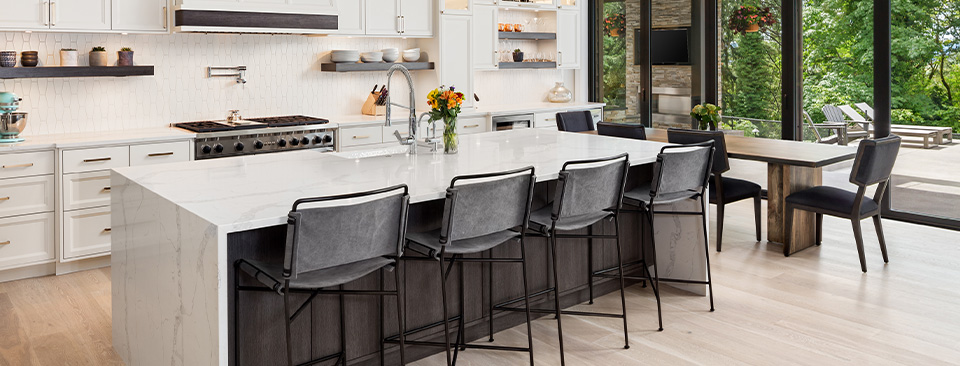
Choose Wood if you value natural aesthetics and comfort while willing to invest more in material cost and regular maintenance. It is ideal for living areas, bedrooms, and hallways.
Choose Laminate if you have budget constraints and looking for cost-effective wood alternative that offers decent durability, ease of cleaning and moisture resistance. It is ideal for living areas, bedrooms, and hallways.
Choose Vinyl if you are looking highly water-resistant or water proof floors that is budget-friendly and easy to maintain especially for high-moisture areas like kitchens, bathrooms and laundry rooms.
By considering the factors we talked about—appearance, maintenance, comfort, compatibility with existing spaces, and cost—you can make an informed decision that best suits your practical and aesthetic preferences.

